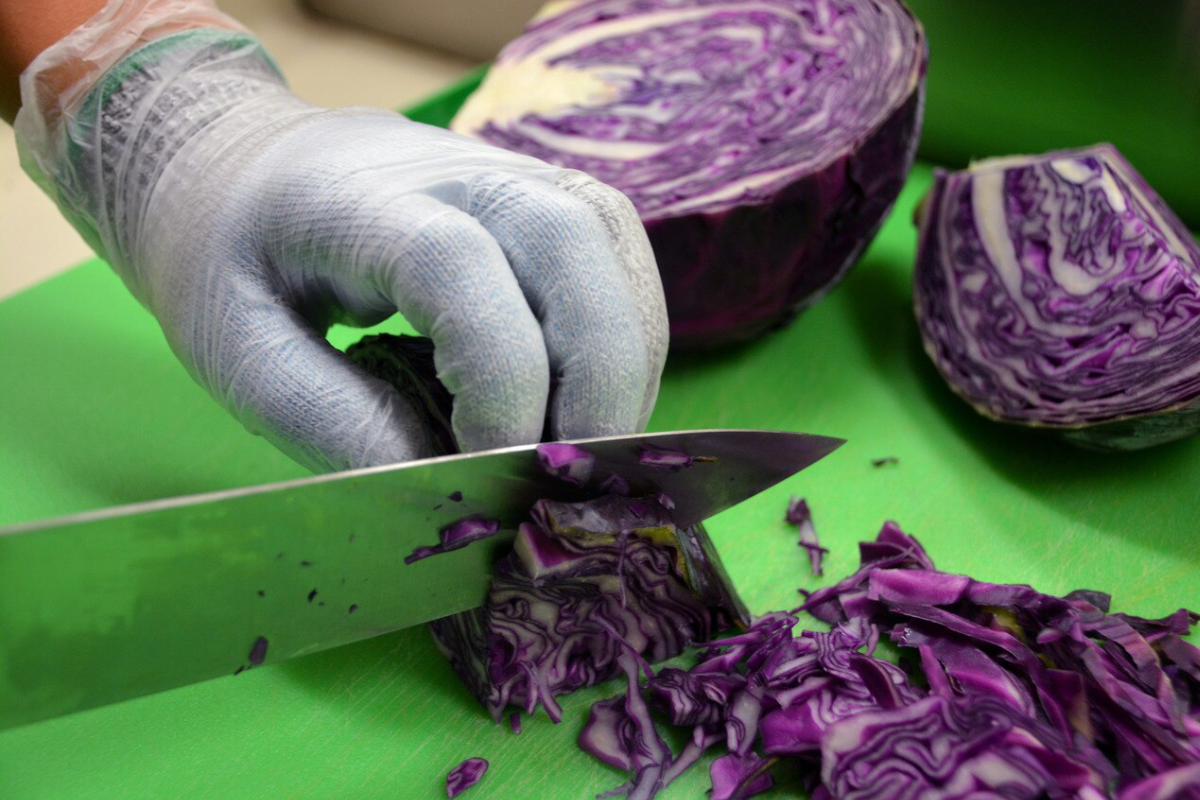Cut Protection: On the Cutting Edge of Safety
Posted on 27th Mar 2020
 It’s easy to forget everything that goes into getting a customer exactly what they need at the meat or deli counter.
It’s easy to forget everything that goes into getting a customer exactly what they need at the meat or deli counter.
Slicing meats, cheeses, breads, and produce to required thickness and size can be tricky. With so much chopping, slicing, grating, and shredding going on simultaneously, as well as weighing, measuring, communicating with customers and dealing with other unforeseen circumstances, accidents can happen quickly.
It’s important that workers are trained on safety measures, particularly when it comes to the proper use and cleaning of tools that have sharp blades that rotate at high speeds and other piercing objects like graters, knives, and slicers.
Having an employee suffer a cut finger or hand can put a great strain on staff as well as a financial toll on a business. In fact, blade cuts are a common accident in grocery store prep areas. Hand injuries can cost the supermarket industry millions of dollars in medical costs, time lost from work, and other workers’ compensation insurance losses.
One approach to attracting and retaining valued and skilled workers is to have and communicate a commitment to workplace safety. As an employer, providing proper cut protection—such as requiring your staff to use cut-resistant gloves when cutting with a sharp tool— can protect workers from a serious finger or hand injury and is important to the success of your business. DayMark Safety Systems, for example, offers a versatile glove in a variety of sizes that is compliant with federal regulations for direct food contact and is cut resistant.
DayMark’s CRG-5.2 Cut Resistant Glove is designed to protect from cuts by the sharpest blades while keeping worker comfort in mind. The 13-gauge seamless construction holds up to heavy use in the busiest of environments and, perhaps most importantly, the high-performance synthetic fibers provide extreme comfort and fit that give the user improved dexterity. Dexterity is important to workers—the more comfortable they are wearing the glove, the more likely they are to use it.
There are a wide range of cut resistant gloves on the market, but operators should find an option that meets as many of the following criteria as possible:
- Available in a variety of sizes
- Resistant to bacteria
- Ambidextrous
- Easily washable
Wearing a protective glove can be a nuisance, but since healthy hand function is essential to the many tasks and fast pace of an active supermarket’s meat and deli departments, both employees and employers should take seriously the daily hazards they face on the job.
Article originally appeared on the Supermarket Perimeter website.


